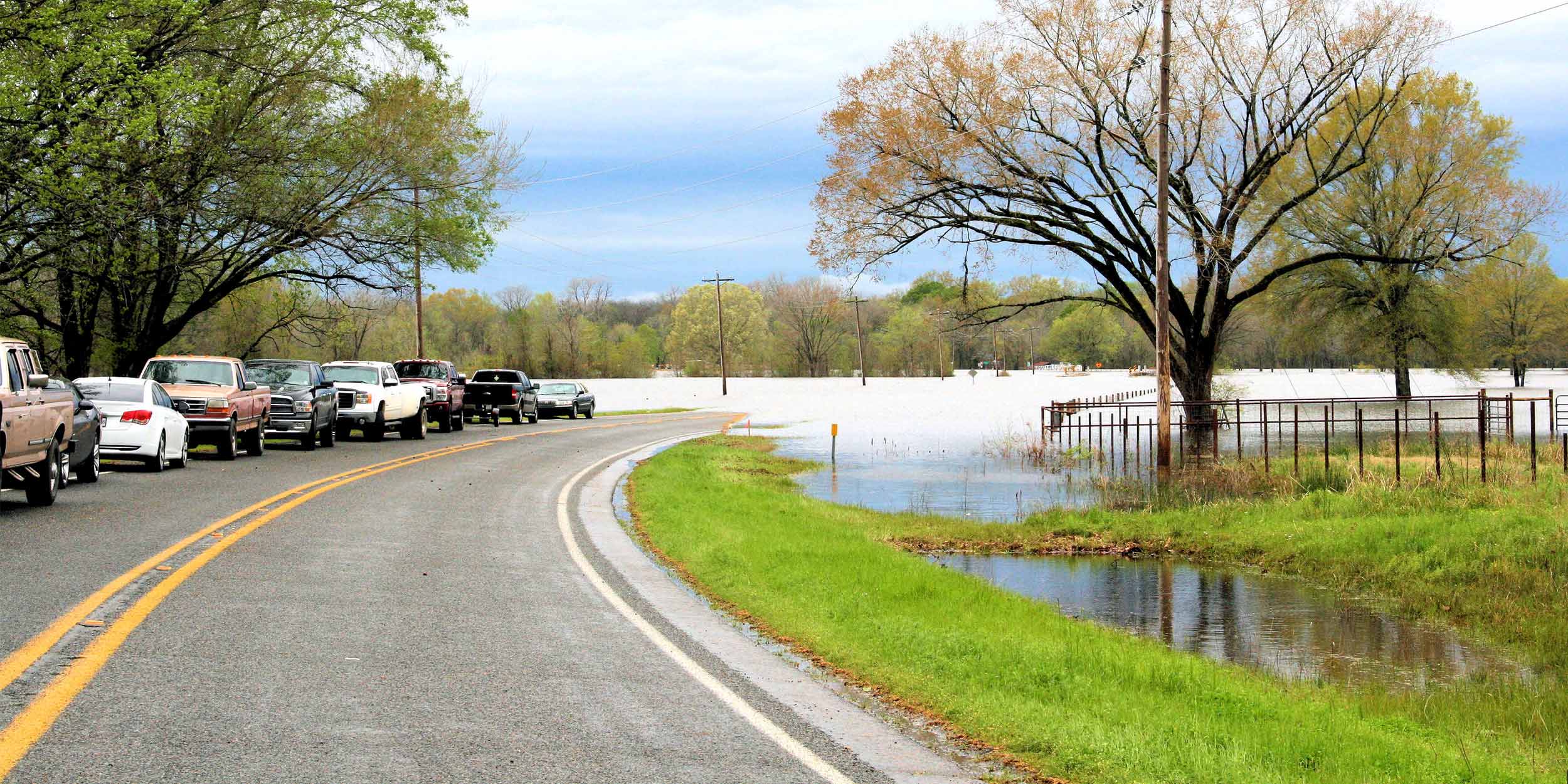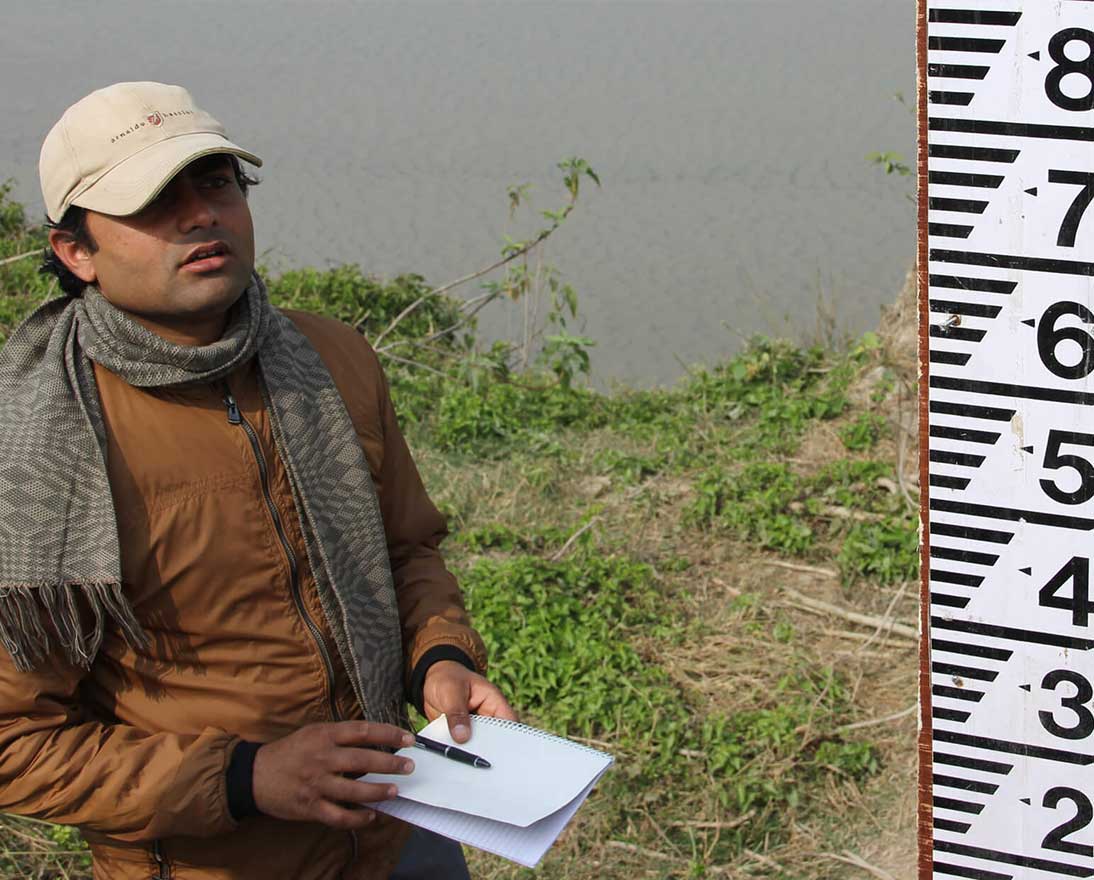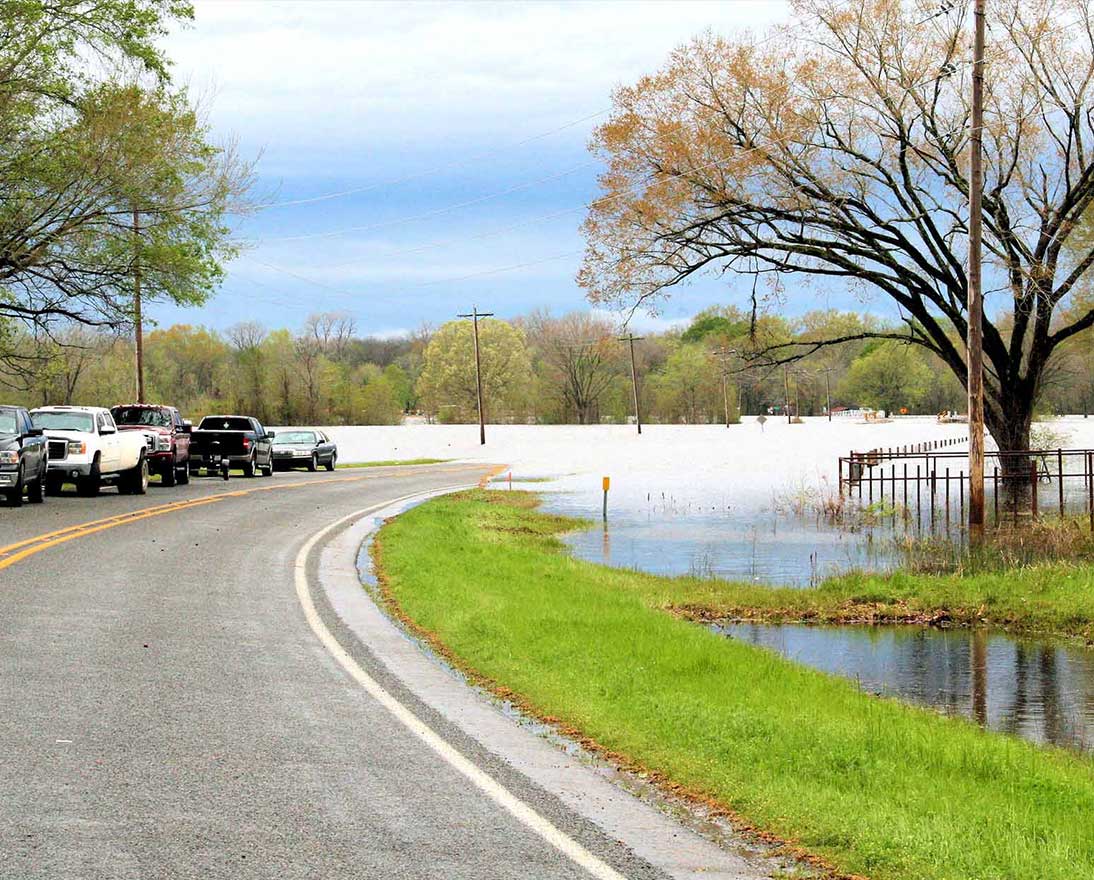The surprising truth about floods and what we can do about it
Natural hazardsArticleSeptember 6, 2016
Floods can happen almost anywhere. They can turn areas that haven’t seen floods for decades, even centuries, into lakes in a matter of minutes. It’s painful, yet predictable – and worth considering as a very real risk that people can do something about.
In mid-August 2016, South Louisiana absorbed the worst natural disaster since Superstorm Sandy battered the east coast of the U.S. The floods that covered wide swaths of the state provide a good example of how devastating floods can be, and how they can affect far more areas than anticipated, leaving many homeowners unable to rebuild on their own.
“Many of the areas which were flooded were not in designated flood zones, according to Evan Achiron, a spokesman for SBP, formerly the St. Bernard Project, a non-profit organization founded with the mission is to shrink time between disaster and recovery.
Because much of the flooding in Louisiana in August was outside of areas expected to flood, many people living in these places actively chose not to carry flood insurance. “Only an estimated 15 percent of homeowners actually had flood insurance,” according to Achiron, who recalls speaking with residents who believed they didn’t need such coverage. “People told me they had talked to their neighbors who had been living in the area for thirty to forty years, and nobody had ever had flood insurance. It just didn’t seem necessary to them,” Achiron adds.
SBP’s work includes pre-disaster resilience training – making people aware of what their insurance covers, how they can protect their homes better, and if needed, even helping with seemingly small things like filling in claims. Homeowners’ insurance typically covers contents of a house, while flood insurance covers the structure of a house. The latest floods in Louisiana damaged or destroyed more than 60,000 homes, including that of Betty and Michael, a couple who recently retired. “When we bought our house, we were told, ‘it is not in a flood zone, there’s no need for flood insurance’,” Michael recalls. Betty adds: “Now we have to start all over again.”
Hardship and hope
SBP recently published an online guide, ‘resources for homeowners,’ which includes a guide to navigating the U.S. Federal Emergency Management Agency (FEMA), as well as a contractor fraud checklist and an insurance guide. SBP is also sharing its Disaster Recovery Playbook with organizations working to rebuild communities. Ideally, rebuilding should be done in a way that can help to reduce risk in the future, though the goal is to return people home as soon as possible – avoiding the human toll associated with a prolonged recovery.
SBP was founded just outside of New Orleans in 2006, six months after Hurricane Katrina, and has since rebuilt nearly 700 homes there – more than any other organization. SBP has opened operations in seven disaster-affected states since its founding, training other organizations and advising local and state government officials in best practices. To date, SBP has rebuilt more than 1,150 homes nationally.
As part of its efforts to make communities more resilient and better able to withstand repeated floods, SBP requires people whose homes it helps to rebuild after a disaster to buy flood insurance. “People always say, it won’t happen to me,” notes Achiron. Unfortunately there are no guarantees.
In 2014, Zurich North America, through its charitable Z Zurich Foundation, made a USD 3 million, three-year commitment to SBP. The grant supports work done to create a Disaster Resilience and Recovery Lab (DRRL) to help communities be better prepared for disasters, to share lessons learned, prevent common barriers to recovery and help communities use SBP’s effective model. “Part of this work means that we train home owners, business owners and local authorities to better understand and mitigate their risks” says SBP’s Achiron.
Reviewing floods in South Carolina
Floods affect more people than any other natural catastrophe. Given the uncertainties related to changes in global climate, and how this can affect flooding as well, the best way forward is to help people gain resilience to floods and help them to recover more quickly. As part of its efforts to address flood risk, Zurich also publishes in-depth reviews about recent flood events, which include ways to address risks. These detailed recommendations can valuable for individuals, businesses, and public policymakers. A recent study on floods in South Carolina is available here.
About SBP
SBP's mission is to shrink time between disaster and recovery. Since its founding in 2006 in St. Bernard Parish, Louisiana following the devastation wrought by Hurricane Katrina, SBP has rebuilt homes for more than 1,150 families with the help of 150,000 volunteers in New Orleans; Joplin, Missouri; Staten Island and Rockaway, New York; Monmouth and Ocean Counties, New Jersey; San Marcos, Texas; Columbia, South Carolina and White Sulphur Springs, West Virginia. SBP’s model is enhanced by AmeriCorps, which provides 140 members annually to manage worksites and clients, and train the organization’s volunteers nationally. To learn more, visit www.SBPUSA.org and follow on Twitter.


